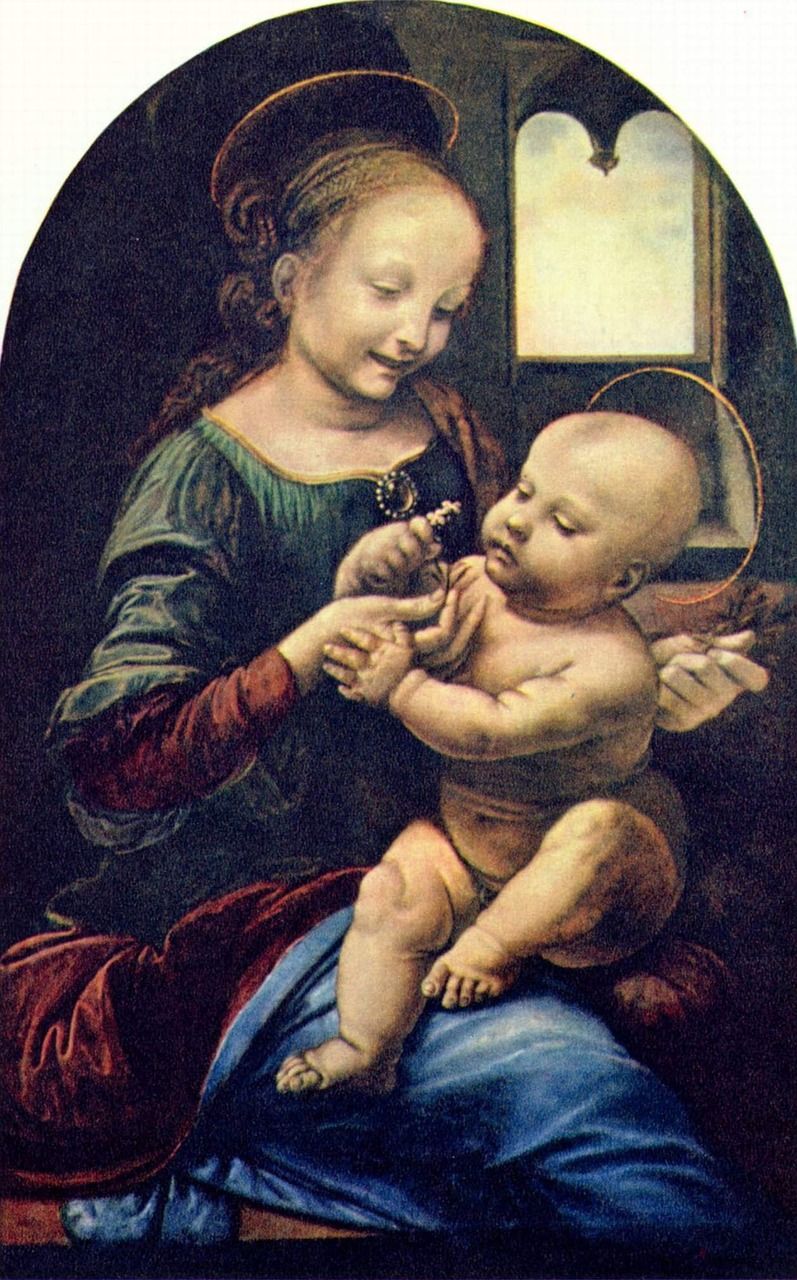Homers Iliad: A Timeless Epic of Heroism and Tragedy

Introduction:
The Iliad, written by the ancient Greek poet Homer, is one of the greatest epics in world literature. Composed around the 8th century BCE, this masterpiece of poetic storytelling has captivated readers and provided valuable insights into the human condition for centuries. In this article, we will explore the significance of the Iliad, its historical background, and how it has evolved over time.
Understanding the Iliad:

The Iliad revolves around the Trojan War, a legendary conflict between the Greeks and the Trojans. At its core, the epic portrays the heroism, tragedy, and divine intervention that characterized this war. The central figure, Achilles, represents the ultimate hero, exhibiting exceptional courage and strength on the battlefield. Through his character, Homer explores intricate themes such as the pursuit of glory, the consequences of hubris, and the fragile nature of human life.
Historical Development of the Iliad:
The Iliad has a rich historical background that adds depth and context to its narrative. It was initially an oral tradition, passed down through generations of bards who recited it at various cultural events. These performances allowed the story to evolve and adapt to the changing tastes and values of different eras. It was not until the 6th century BCE that the Iliad was transcribed into writing.
Over time, the Iliad gained immense popularity across ancient Greece and beyond. Its themes resonated with the audience, and its characters became archetypes for heroism and tragedy. Notably, the Iliad profoundly influenced later works of literature, such as Virgil’s Aeneid and Dante’s Divine Comedy. The epic’s universal themes and timeless lessons continue to inspire and resonate with readers today.
Structure and Featured Snippet Potential:
To increase the likelihood of being featured as a snippet on Google, this article will be structured using appropriate heading tags. Starting with an tag for the title, we will incorporate multiple H2 tags to divide the content into sections and make it easier for users to navigate. Additionally, including bulleted lists or numbered points throughout the text can help emphasize key facts and increase the visibility of this article on search engines.
The Iliad and Art:
The Iliad’s enthralling narrative has inspired countless artists throughout history. From ancient Greek pottery depicting the war to Renaissance paintings capturing the epic’s intensity, the Iliad has served as a muse for various forms of artistic expression. [INSERT VIDEO HERE] In this section, we will showcase a video highlighting some of the notable artworks inspired by the Iliad, allowing art enthusiasts and collectors to gain a deeper appreciation for its cultural significance.
Conclusion:
The Iliad by Homer remains a timeless masterpiece that continues to captivate audiences worldwide. Its exploration of heroism, tragedy, and the complex nature of humanity makes it a compelling read for individuals interested in art, literature, and ancient history. By understanding the historical context and evolution of the Iliad, we develop a richer appreciation for its enduring legacy. Let us immerse ourselves in this epic journey and let Homer’s words resonate within us for generations to come.





